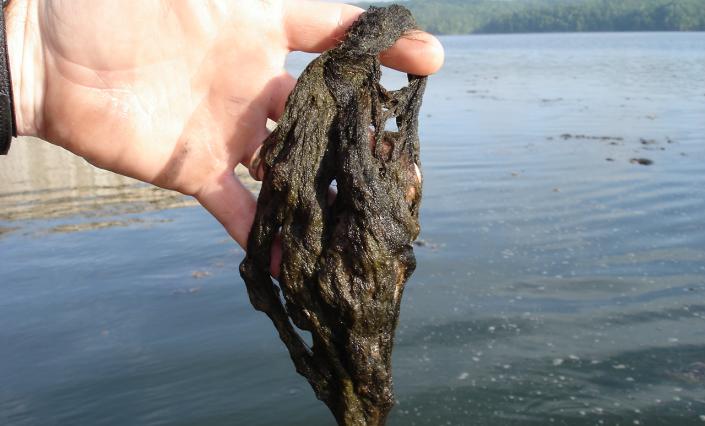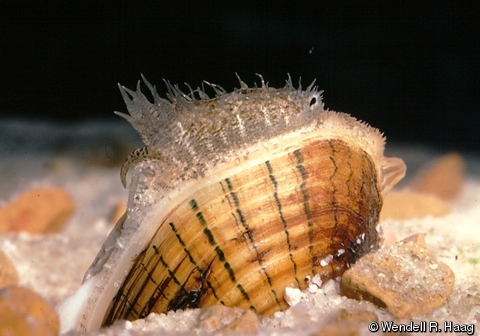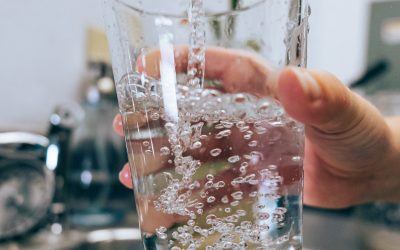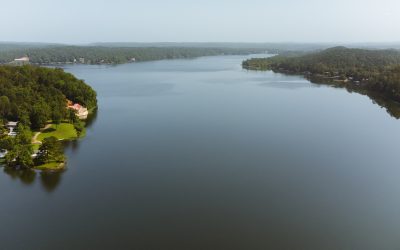There’s an organism that has been growing in the Coosa River for decades that has massive potential to damage our lakes, yet few lake homeowners and fishermen may be aware of it. It can cause skin irritation, respiratory issues and even fish kills and on top of it all, it smells very bad.
It’s called Lyngbya.
Lyngbya was first noticed in Lake Jordan in the 80s; it’s actually quite common throughout the South but can impact our waterways in a pretty negative way.
Lyngbya is a toxic benthic filamentous cyanobacteria.
Wait, what?
A cyanobacteria is kind of like an algae, but one that photosynthesizes. Benthic means it attaches to the bottom of the lake. Filamentous means it grows in filaments or rods, so it can at times look like a plant. And toxic means it’s bad for humans and fish alike.
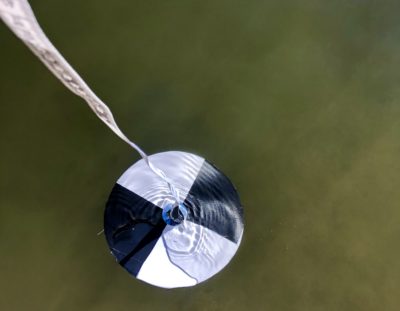

4 ways Lyngbya impacts the river:
Lyngbya is really bad for our river for a lot of reasons, but here are the four main ones:
1. Aesthetic: It smells bad, and it’s not easy on the eyes either.
2. Boating, swimming & fishing: It can form dense, dark mats that look like sewage or decomposing grass. Those mats can hinder navigation (getting to and from where you want to go) and fishing – you’re not bringing a lure through a mat of Lyngbya without frustration.
3. Human Health: A bad bloom produces toxins that can cause skin irritation to the fisherman who sticks his hand down in the water or a swimmer. It is also toxic to fish. The mats are so dense, and because they are benthic, they can completely cover up the bottom of an area of lake and make it inhospitable to fish.
4. Persistence: It often ends up growing in good grasses that we’d like to see growing on the lake, and mixes in. Lyngbya forms a very strong outer sheath or shell as the growing season goes on which protects it from algaecide treatments.
How do we stop it?
Currently the best known way to stop it is to treat it early in the season when it is still forming and that outer shell is soft and will absorb the algaecide. Unfortunately this also tends to overlap with the seasonal spawning of bass.
Spawning is a stressful time for bass in it of itself. Spawning bass are more prone to infections due to all that stress and the abrasions that are common during spawning. While it is not ideal to bother spawning bass, or fishermen for that matter, by spraying during the early season for Lyngbya, it is absolutely vital for the long-term health of our fisheries and lakes. Left untreated, this toxic cyanobacteria could take over, reducing fish habitat, causing fish kills, and irritating the skin and lungs of river users.
How YOU can help:
Stopping the growth of Lyngbya is critical.
1. Homeowners can help by not blowing or raking their grass clippings or yard waste into the river, which provides food for Lygnbya and other algae and aquatic plants – the Coosa River has more than enough nutrients as is, please don’t add yours to that!
2. Fishermen can help by washing their livewell and their boat hull after every trip. This helps reduce the spread of a LOT of nasties in the lake, not just Lyngbya. There are excellent resources on the Stop Aquatic Hitchhikers website about the methods for cleaning your boat that research has shown will reduce the spread of live organisms.
Ultimately the only effective solution for killing Lyngbya after it spreads that has been found so far is to spray it with algaecide while it is young and before it develops its hard sheath. Alabama Power maintains a Lyngbya program to identify and treat Lyngbya early in the season. Obviously, no one wants to see chemicals sprayed in the river and doing so comes with its own issues. But the consequences of not doing so and allowing a toxic cyanobacteria like Lyngbya to take over the Coosa River is much worse and ranks amongst the top threats to our fisheries. It absolutely must be stopped.
The good news is, now that an effective treatment has been determined, the number of acres treated for Lyngbya has decreased substantially in the past five years from around 300 acres to around 100 acres. Although Lyngbya will never fully go away, by getting it under control early in the season and eradicating it from as many areas as possible, the total impact of Lyngbya to the Coosa River can be substantially reduced. That means more habitat for fish to spawn, less stinky smells, and safer swimming. All good things we must protect for our enjoyment of our beloved Coosa River!

